Here's my setup:
I'm trying to emulate the circuit to the right with the one on the left. That is, the one on the right is a pre-charged capacitor (node3) being discharged to its capacitor pair via a resistor (at this point, I'm asking about \$I_{max}\$ of the equation $$I(t) = I_{max} e^{-t/RC}$$.
The experiment on the left has the same setup, only it's an Arbitrary Behavioral Current Source, instead of a resistor, and it's not working as the one on the right.
What's wrong?

